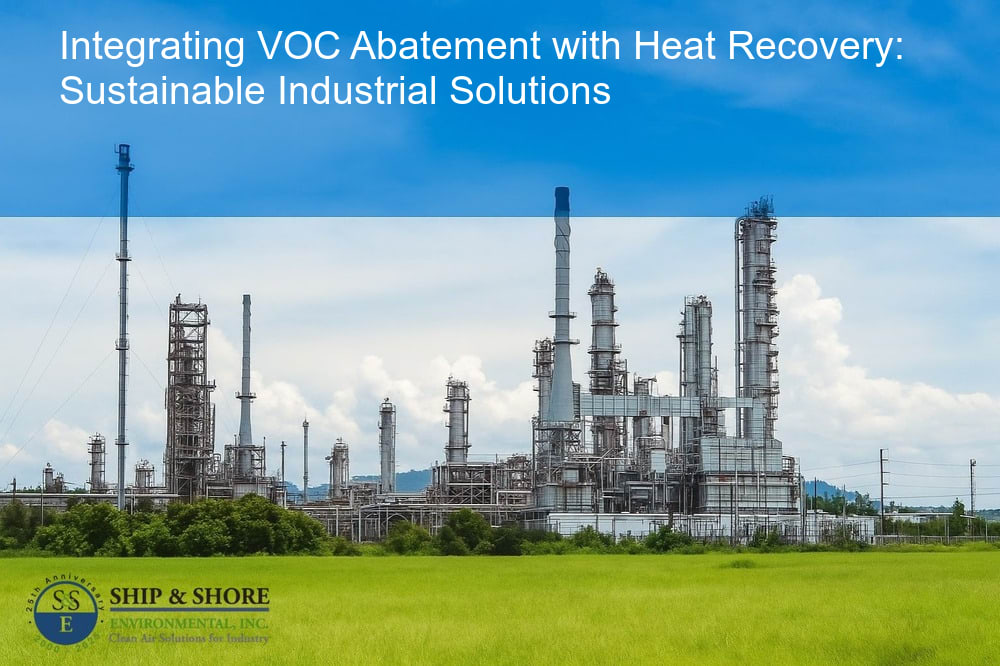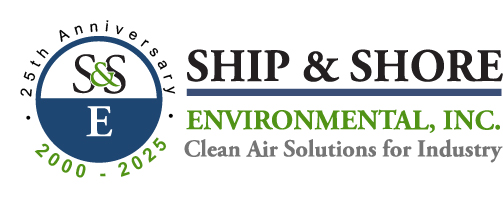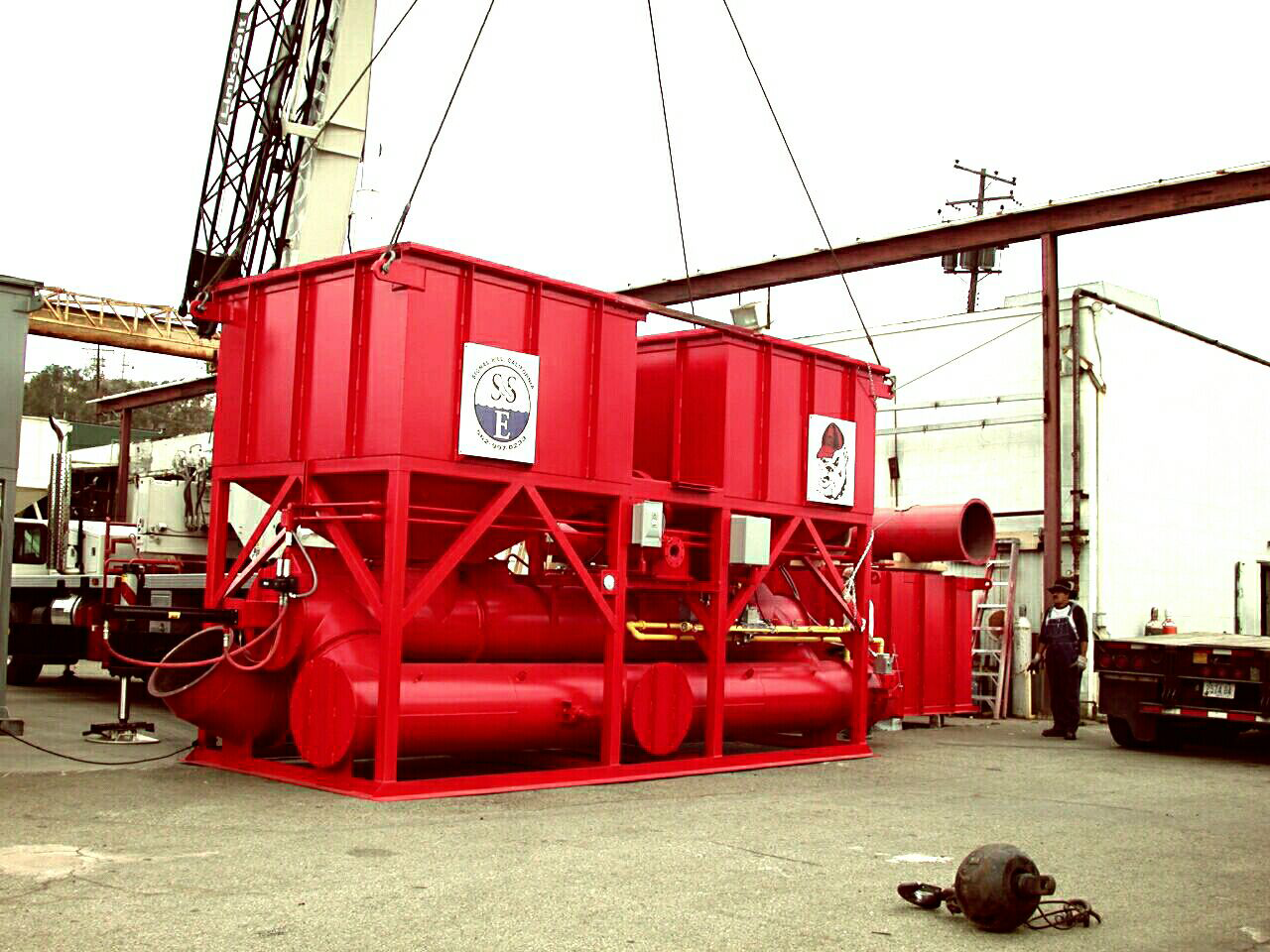
Integrating VOC Abatement with Heat Recovery for Sustainability
October 15, 2025 4:04 amUnderstanding the Need for VOC Abatement
Our industrial landscape is continuously evolving to embrace more sustainable practices. One crucial area of focus has been on Integrating VOC abatement with heat recovery. Volatile Organic Compounds (VOCs) are harmful pollutants emitted by various industrial processes. These emissions pose significant environmental and health risks, necessitating the adoption of effective abatement techniques. Our goal is to mitigate the negative impacts of VOCs on the environment and public health, while simultaneously enhancing the efficiency of our industrial processes.
The Role of Heat Recovery in Industrial Processes
Energy consumption is a major consideration in industrial operations, and heat recovery plays a pivotal role in optimizing energy use. Heat recovery systems capture waste heat from industrial processes and repurpose it, thereby reducing the overall energy demand. By integrating heat recovery systems into our operations, we can achieve significant energy savings, reduce operational costs, and minimize our carbon footprint. This dual benefit of environmental and economic gains makes heat recovery an essential component of sustainable industrial practices.
Integrating VOC Abatement with Heat Recovery: A Preview
The concept of integrating VOC abatement with heat recovery brings together two critical aspects of sustainable industry: pollution control and energy efficiency. By merging these systems, we not only address the environmental challenges posed by VOCs but also harness waste heat for productive use. In this integrated approach, the energy-intensive process of VOC abatement can be optimized, reducing the overall resource consumption and enhancing our operational efficiency.
Through the following sections, we will delve deeper into the fundamentals of VOC abatement techniques, explore the process of heat recovery, and examine the benefits and challenges of combining these two systems. By understanding these elements, we can appreciate the transformative potential of this integrated approach in shaping a greener, more sustainable industrial future.
The Fundamentals of VOC Abatement Techniques
Volatile Organic Compounds (VOCs) are not only harmful to the environment but also pose significant health risks. Understanding and implementing effective VOC abatement techniques is crucial for industrial operations. At Ship & Shore Environmental, Inc., we specialize in a variety of methods to limit and control VOC emissions.
One common technique involves thermal oxidation, where VOCs are decomposed at high temperatures. This approach is particularly effective for industries with high levels of VOC emissions. Alternatively, catalytic oxidation uses a catalyst to lower the temperature required for oxidation, making it a more energy-efficient option. Other techniques include adsorption using materials like activated carbon and biofiltration, which employ naturally occurring microbial processes to break down VOCs.
Understanding the Process of Heat Recovery
Heat recovery is the process of capturing and reusing heat from industrial processes that would otherwise be wasted. This approach not only improves energy efficiency but also contributes to cost savings. At Ship & Shore Environmental, Inc., we focus on implementing advanced heat recovery systems tailored to specific industrial needs.
Heat exchangers play a vital role in this process. They transfer heat from hot streams (like exhaust gases) to cold streams (like air or water), utilizing the energy more efficiently. Another method involves using heat pumps to elevate waste heat to higher temperatures, allowing it to be reused in other processes. The integration of these systems into existing operations often requires minimal disruption, offering a seamless way to enhance overall efficiency.
The Benefits and Challenges of Integrating VOC Abatement with Heat Recovery
Integrating VOC abatement with heat recovery offers numerous benefits but also presents a range of challenges. This innovative approach can significantly reduce energy consumption, lower operational costs, and decrease harmful emissions, all while complying with stringent environmental regulations.
- Energy Efficiency: Reusing waste heat reduces the need for new energy inputs, making operations more efficient.
- Cost Savings: Lower energy consumption translates to reduced utility bills and operational costs.
- Environmental Impact: Combining VOC abatement with heat recovery minimizes emissions, contributing to a greener industry.
However, the integration process can be complex. Engineering challenges include ensuring compatibility between different systems and addressing the potential for cross-contamination. Initial setup costs can be high, although these are often offset by long-term savings. Furthermore, regular maintenance is essential to keep the integrated systems functioning optimally.
Successful integration requires precise planning and execution. By leveraging our expertise, Ship & Shore Environmental, Inc. can help industries navigate these challenges, ensuring that the benefits far outweigh the hurdles. For industrial operations aiming for sustainability, integrating VOC abatement with heat recovery is not just a viable option but a forward-thinking strategy.
Did you know? Integrating VOC abatement with heat recovery in industrial processes not only reduces harmful emissions but also enhances energy efficiency, paving the way for a greener future.
Analyzing Real-World Applications of Integrated VOC Abatement and Heat Recovery
The potential of abatement design is both vast and transformative. Observing real-world applications where integrating VOC abatement with heat recovery has been adopted provides a clearer picture of its efficacy. Various industries, from chemical manufacturing to automotive painting, have reaped significant benefits. By capturing and reusing heat energy that would otherwise dissipate, these systems not only curb VOC emissions but also substantially reduce energy consumption. This synergy results in significant cost savings, enhanced regulatory compliance, and a marked reduction in each facility’s carbon footprint. As a result, businesses are witnessing not just environmental benefits but also enhanced operational efficiencies and financial returns.
Future Prospects: The Role of Integrated VOC Abatement and Heat Recovery in Green Industry
As we look toward the future, the role of integrating VOC abatement with heat recovery in promoting green industries cannot be overstated. The drive for sustainability is becoming more integral to industrial practices worldwide, and innovations in this integrated approach hold the key to achieving both environmental and economic goals. With advancements in technology and increased awareness, we can expect more sophisticated and efficient systems to be developed. These future systems will likely offer even greater energy savings and pollution control, further forging a path towards a greener and more sustainable industrial landscape. The potential for positive impact is immense, making it an exciting frontier in environmental technology.
A Final Thought: Shaping a Sustainable Industrial Future with VOC Abatement and Heat Recovery Integration
In conclusion, the integration of VOC abatement with heat recovery is not just a compelling concept – it is a necessary evolution in the journey toward sustainable industrial practices. By tackling two significant issues simultaneously – VOC emissions and energy wastage – our approach offers a holistic solution that benefits both the environment and business operations. Embracing this integrated strategy represents a critical step towards a future where industrial growth does not come at the expense of our planet. As we continue to innovate and refine these solutions, we can take pride in knowing we are actively shaping a cleaner, more efficient, and sustainable industrial world. Our commitment to this cause reaffirms our role as leaders and pioneers in environmental technology. Let us continue this journey with a shared vision of sustainability and prosperity.
FAQ
What are the primary benefits of combining VOC abatement with heat recovery systems?
Integrating VOC elimination strategies with thermal energy recuperation yields numerous advantages. Primarily, it significantly mitigates harmful emissions while simultaneously repurposing thermal energy, enhancing overall system efficiency. This dual-action approach leads to substantial cost savings, operational improvement, and compliance with stringent environmental regulations. Moreover, by lowering the carbon footprint of industrial processes, we contribute to creating a more sustainable industry.
How does integrating VOC control with heat recovery support sustainability in industries?
Our commitment to sustainable practices is demonstrated through this integration, which simultaneously addresses environmental protection and energy conservation. By reclaiming waste heat during the VOC treatment process, we reduce the reliance on additional energy sources, thereby promoting efficiency and sustainability. Furthermore, this strategy aligns with green industry principles, ensuring that industrial growth is balanced with ecological responsibility.
Can the integration of VOC abatement and heat recovery systems lead to financial savings?
Indeed, financial savings are a compelling outcome of this integration. By recovering and using the thermal energy from the VOC abatement process, industries can notably decrease energy consumption and costs. Additionally, the reduced need for fossil fuels and improved compliance with environmental regulations can prevent potential fines and lead to long-term operational savings. These economic benefits make the solution not only environmentally sound but also fiscally advantageous.
What industries can benefit from the adoption of VOC abatement and heat recovery integration?
A vast array of sectors stand to benefit from this fusion of technology, especially those with high VOC emissions and heat energy requirements. Chemical manufacturing, automotive painting, printing, and many other industrial processes can harness this technology to improve sustainability and operational efficiency. Each application showcases our versatile approach to meeting diverse industry demands while working towards an ecologically balanced future.
What does the future hold for the integration of heat recovery and VOC abatement technologies?
The future appears promising as technological advancements continue to refine and enhance the efficacy of integrated systems. We anticipate developments that will provide greater energy recuperation and emission control, further propelling us towards our sustainability goals. As the green industry evolves, our integrated systems are set to become more indispensable, solidifying their place at the forefront of environmental technology and industrial innovation.
Categorised in: Blog

